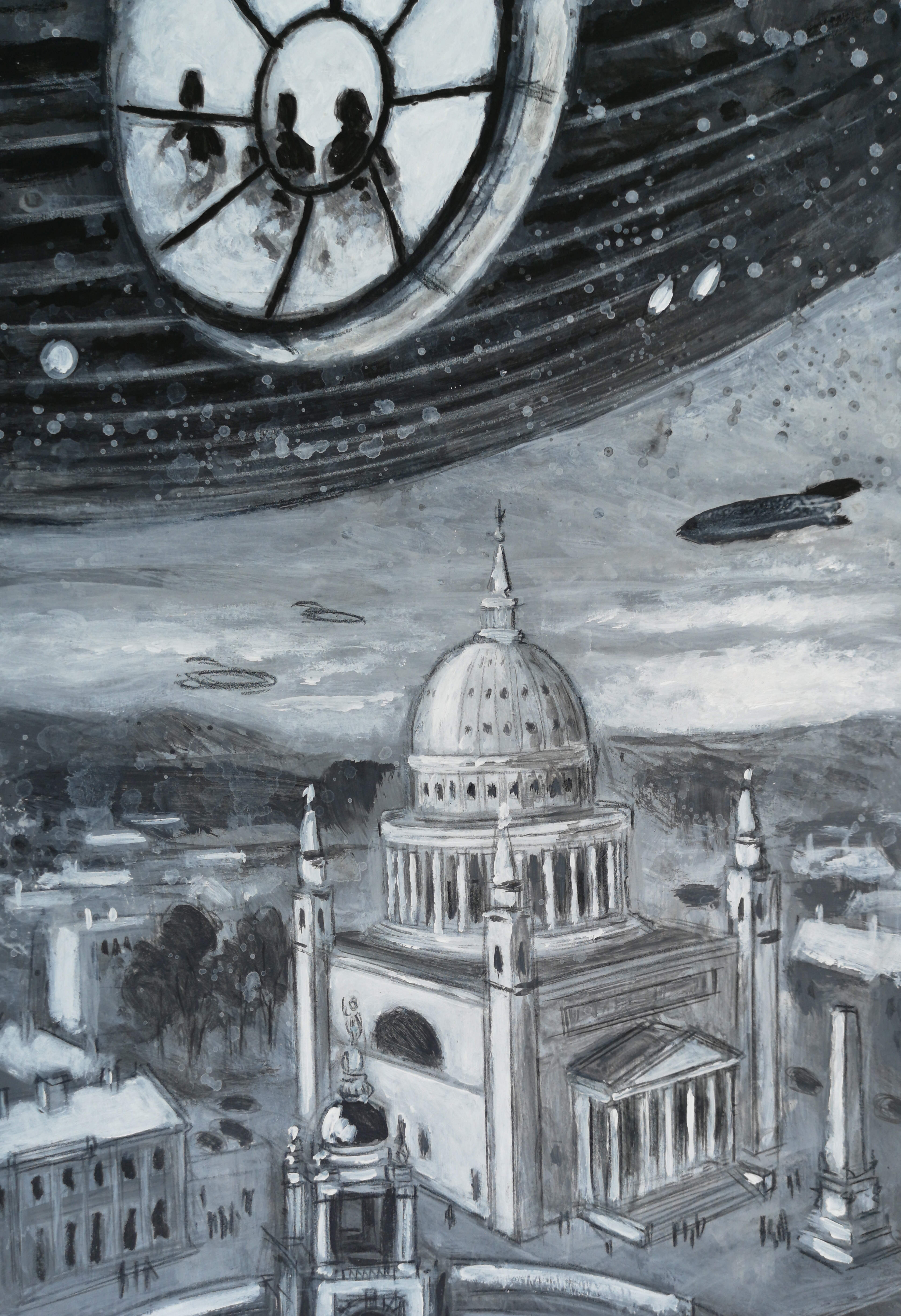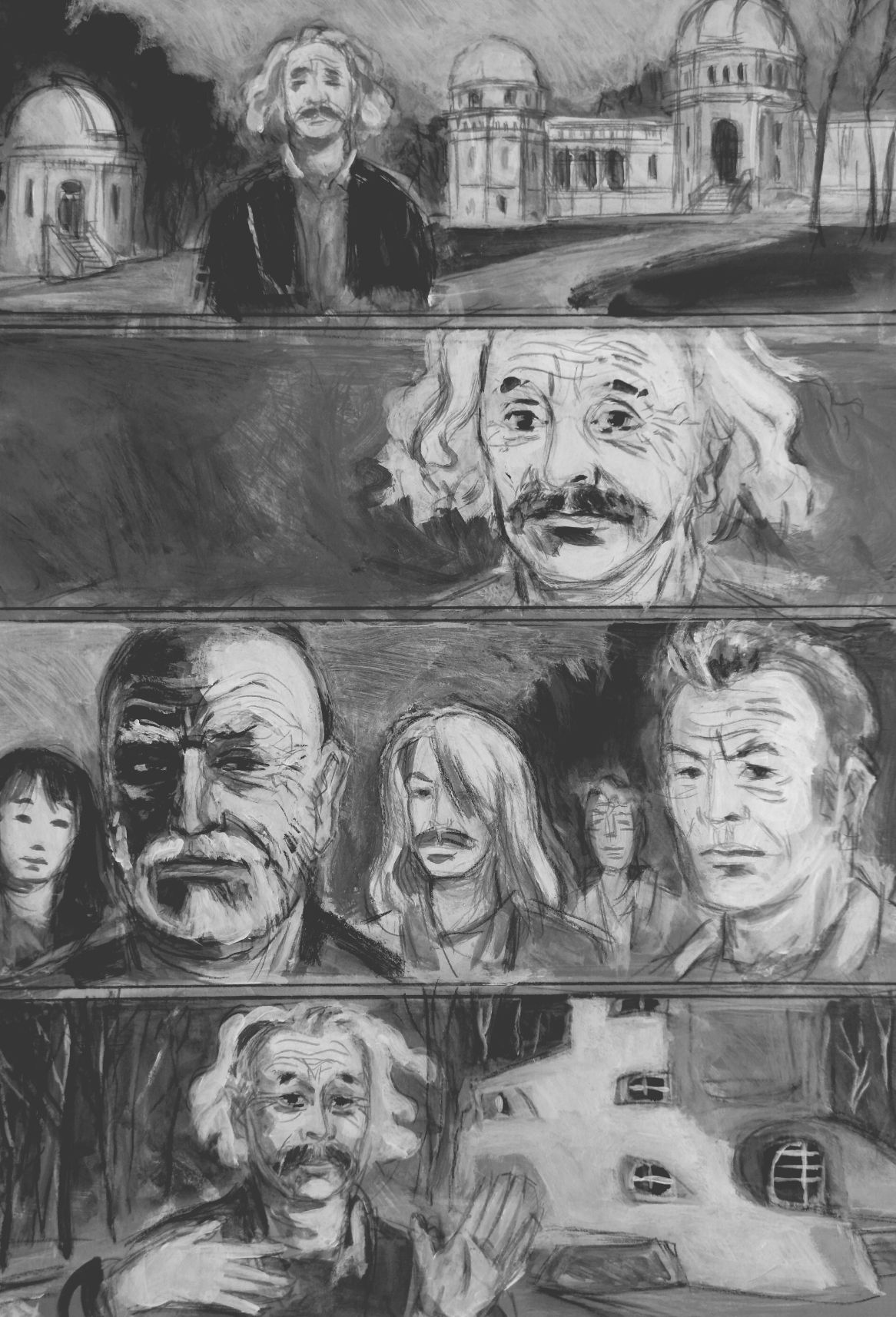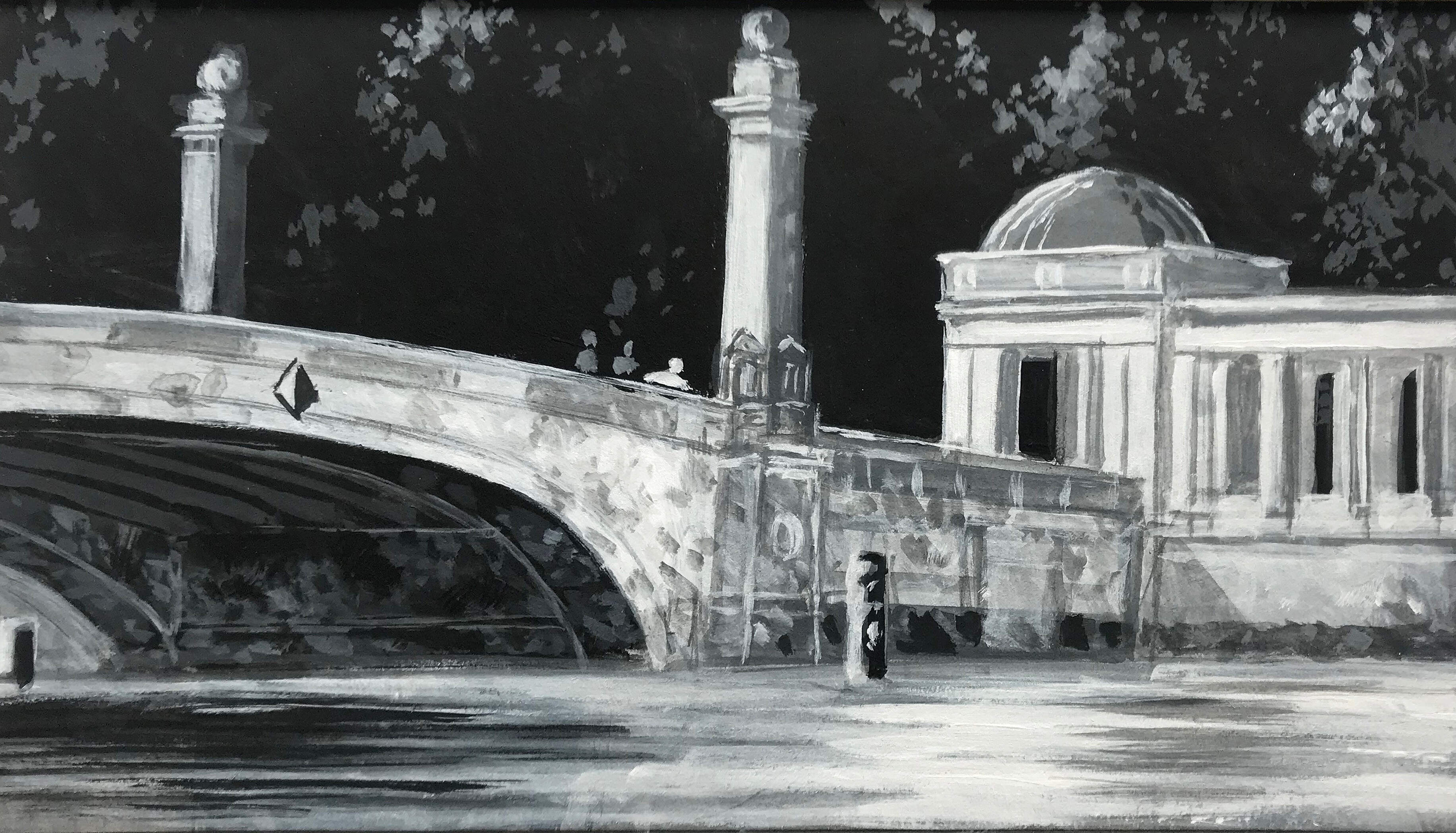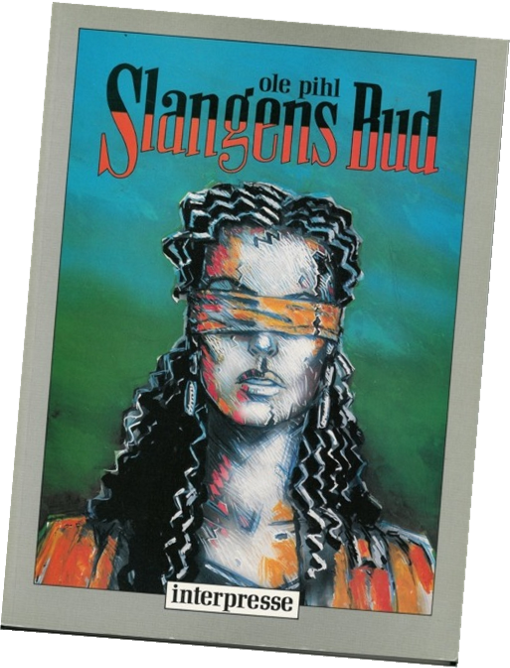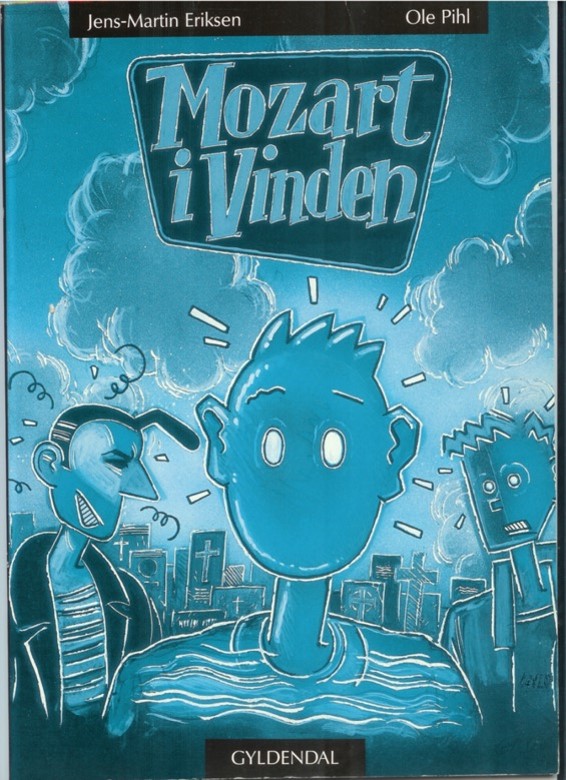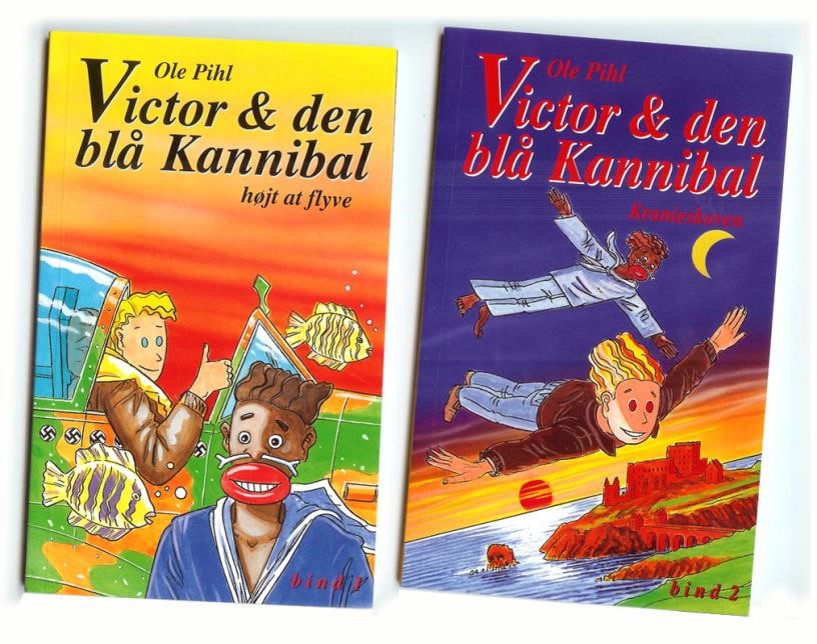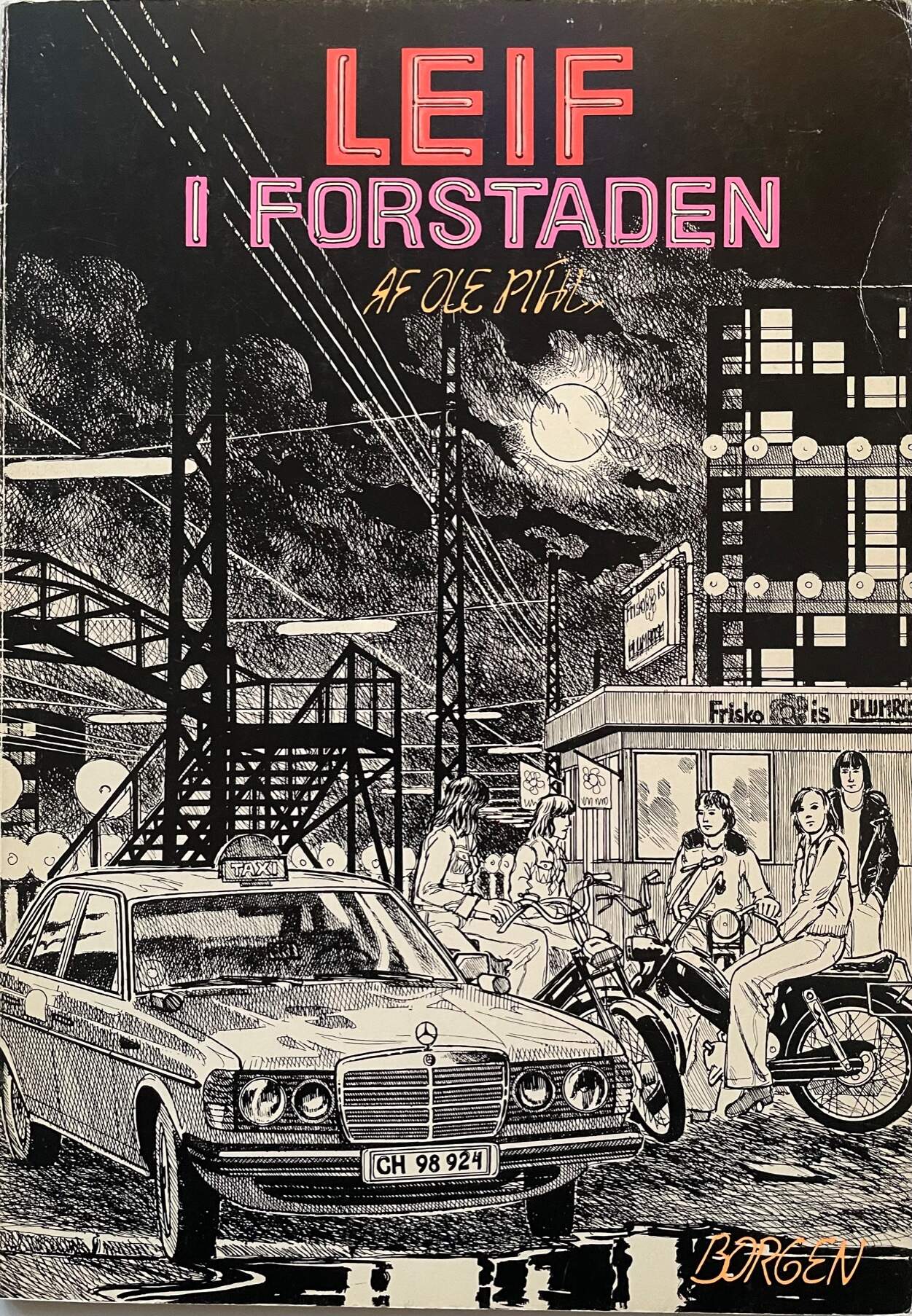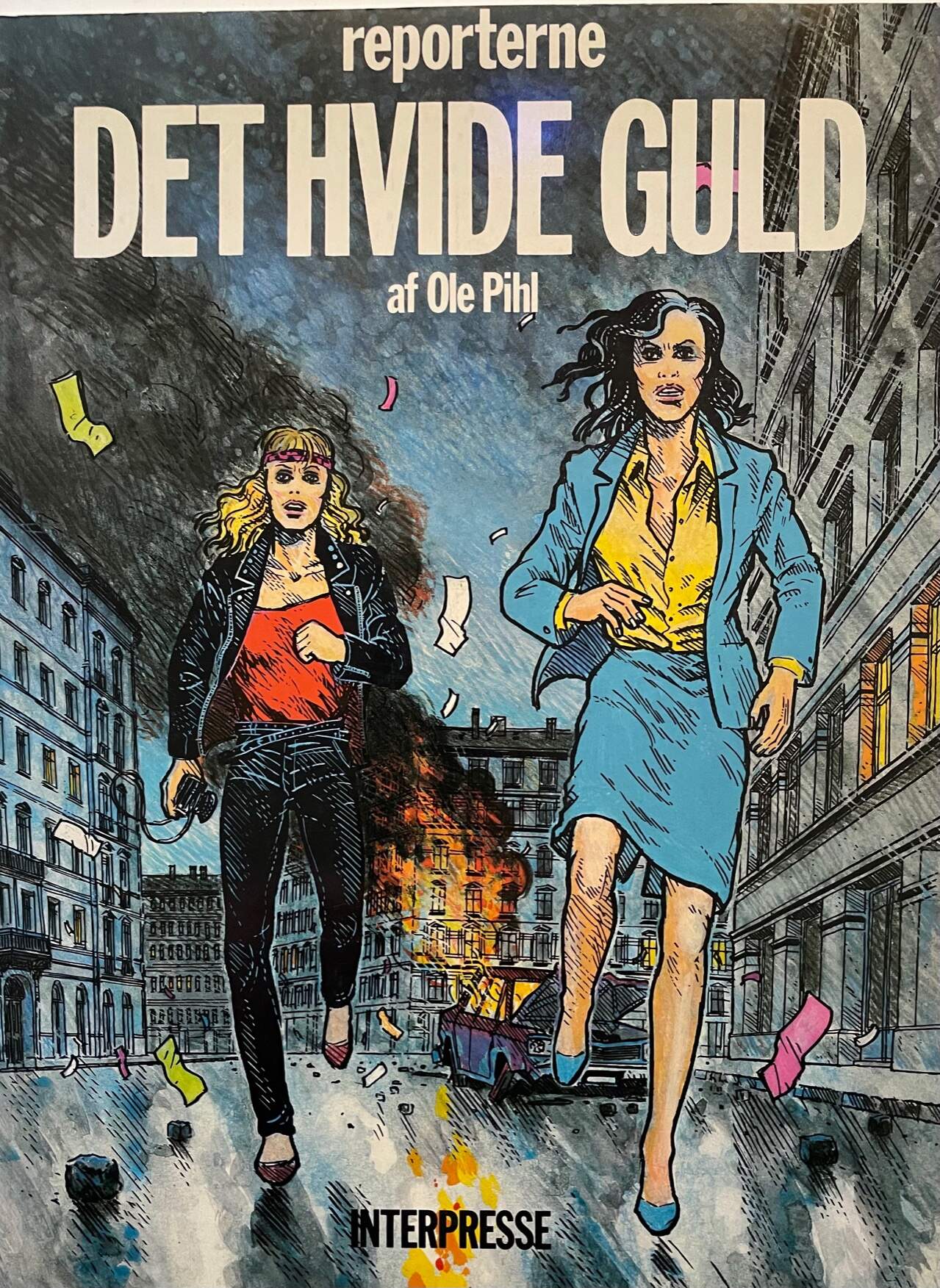Bridge in Berlin
Fragmenter af en rejse mellem Nekropolis og Elysium.
"Bridge in Berlin" er en fænomenologisk poetisk rejse i tid og rum, der udforsker og undersøger broens betydning, eksemplificeret og fortalt ud fra en bestemt bro i Berlin: Friedrichsbrücke på Museumsinsel.
En af hovedpersonerne i bogen er den store tyske neoklassiske arkitekt Karl Friedrich Schinkel. Gennem fortællingen forklarer han, hvordan man kan forstå Berlins og Europas arkitektoniske historie og ånd gennem den neoklassiske arkitektur. Schinkel forklarer, hvordan hans egen arkitektur er påvirket af de forskellige store arkitektoniske perioder og stilarter.
"Broen" er også en personlig dannelsesrejse, der præsenterer fragmenter af den klassiske "Grand Tour" af forfatteren, kunstneren og arkitekten Steven Daidalos. Denne selvreflekterende rejse beskriver betydningen af arkitektur og kunst for vores fælles europæiske identitet og indsigten fra vores arkitektoniske og kulturelle arv. Bogen udtrykker glæden ved at opleve arkitektur og kunst som et sprog, der strækker sig gennem et stort tidsrum over mange generationer. Bogen er også en introduktion til vores store nabo mod syd og den betydning som Tyskland har haft for den europæiske kultur.
"Bridge in Berlin" er udkommet på Aalborg University Press. 150 sider. Den kan også bestilles direkte hos mig på: ole.verner.pihl@gmail.com
BRIDGE IN BERLIN.
Fragments of a journey between Necropolis and Elysium
The bridge is a poetic physical phenomenon that crossing above one element with another element, gathering earth, water, and sky, as Martin Heidegger says: “The bridge gathers to itself in it´s own way earth and sky, divinities and mortals”, the bridge unify the “fourfold”: earth, sky, divinities, and mortals, the simple oneness of the four as Heidegger calls the fourfold.
“The bridge gathers to itself in its own way earth and sky, divinities and mortals”
bridge in Berlin
between Elysium
and Necropolis
Recollection, aesthetic interaction and
transformation
The curve is a bridge, a dome, a skull, the moon, the sun, an eyebrow, the horn of a ram; the curve is everywhere. The curve is a fragment of the circle that is a symbol of eternity, something that exists outside time. Plato says, “Time is an image of eternity.” In Plato´s system, the relationship between time and eternity is a relationship between phenomena and ideas. To Plato, the world we perceive is not the real world but only the world of phenomena, which is a reflection of the real world of ideas. According to the French philosopher Paul Virilio, time and speed create simultaneity, which leads us into a state of hallucination, a state of ecstasy. That is; a state of mind which occurs to be completely isolated from time and which is a purely psychological space. Remember: The soul does not know time, it travels freely. The circle is the Ouroborus, an ancient symbol depicting a dragon or a serpent eating its own tail, representing the perpetual cyclic renewal of life; death and rebirth, a symbol of eternity and the eternal return or immortality, as also expressed symbolically by the Phoenix.
The line is the opposite of the circle. The line is measurement, units, borders, edges, scale, and timeline, but the circle is infinite and beyond scale. But the line and the diversion of it becomes the tool for finding the golden section.
The ancient Greeks used the body as a measurement to find the golden section or the divine proportion. Later, the Italian architect Vitruvius described it in his books. Leonardo Da Vinci used it, and the father of the Modernist movement, Le Corbusier, used the human proportions to create his Modular System for houses and design. Each time and style period has its own visual expression and representation, from the renaissance to cubism, but the fundamental tools of measurement and composition are based on the eternal, ageless, and everlasting view towards and fascination of the human body. From an architectural point of view, the inspirational source is human body and landscape, that’s how the old Jugend and Art Nouveau architects such as Gaudi and Victor Horta worked. Utzon, Saarinen, and Alto created the organically expressive Nordic Modernistic style from the same inspirational source. The new “Neo-organic” Expressionist architects such as Calatrava and Zaha Hadid also collect inspiration by working with fragments from nature; plants, roots, fruits, leafs, as well as bones and skulls from humans and animals. Any design process starts with a sketch, which aims to develop the concept and form - the drawing is fundamental; to draw is to see (or; envision).
The Art of drawing was, of course, born long before the Greeks. In the Chauvet Cave of Southern France, we find captivating pictorial drawings and creations by early humans, the oldest known. The drawings are 32,000 years old, which makes them the oldest (known) cave paintings in the world. The cave is located close to the Ardèche River, which has carved this landscape with several meanders. Close to the cave is the natural bridge of Combe d'Arc, spanning the river. Above this poetic place, above the naturally formed curve of the bridge, we find the origins of the art of drawing, on the walls of the cave. I am the designer, my body is mortal, but when I draw a curve I share with you a fragment of the eternity of life, death and rebirth and the eternal return:
“I am the soul of the draughtsman that travels through time”.
